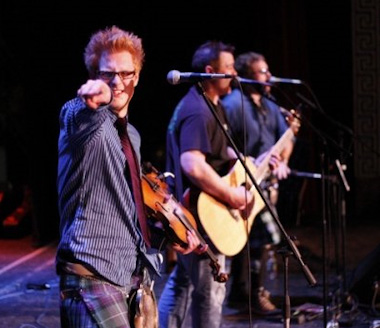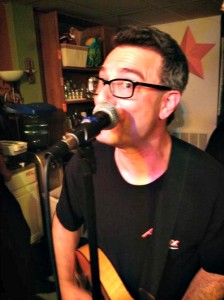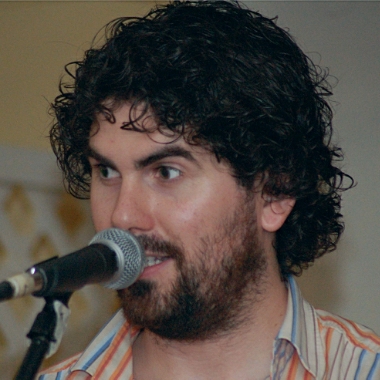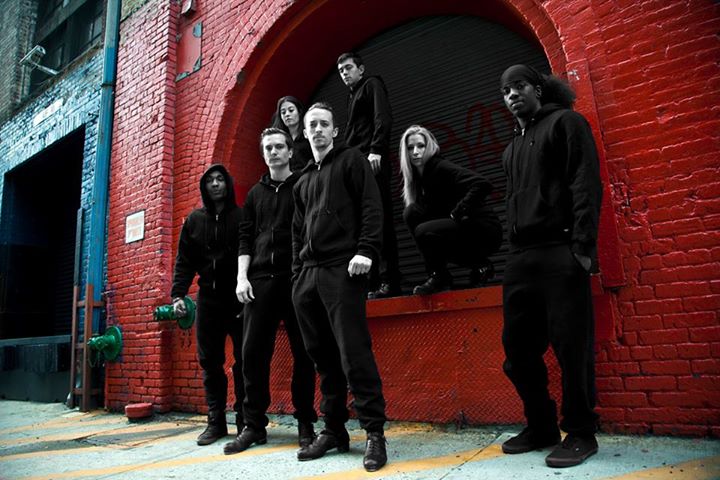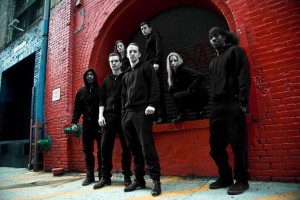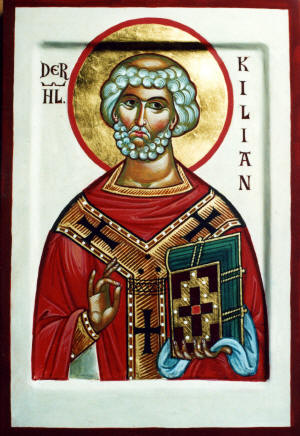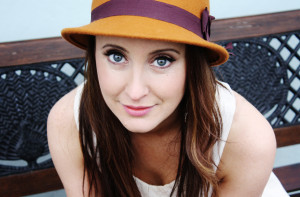
Niamh Dunne, photographed by Lizzy Doe
“I don’t know if you’re aware of it over there now, but Limerick doesn’t always have the best reputation, or get the best press,” Niamh Dunne informed me as we chatted via Skype.
“So as a proud Limerick woman, I wanted to put some songs on ‘Portraits’ that would represent the good side of Limerick, and in my own little way show that there’s great culture and great songs, that there’s an awful lot more going on than the media always portrays. It’s my own little way of celebrating Limerick.”
“Portraits” is no little debut. The lead singer of Beoga and daughter of legendary piper Mickey Dunne, Niamh forges her own musical identity on her first solo CD. Her vibrant voice has a timelessness that resonates with strength, while at the same time capturing the beautiful vulnerability of the songs she’s purposefully chosen to showcase.
With a musical pedigree that includes the late, great Pecker Dunne as a cousin, Niamh was raised in a household where music was just a natural part of the flow of things: “I grew up in a family where when you came home from school, you did your homework and then you practiced the fiddle—and both were equally as important. The two were kind of on a par all the time. I always played the fiddle—since I was 4 years old. But the singing came a little bit later. I started singing quite late, actually. I was maybe 17. I suppose I always kind of sang, and I always had a bit of a voice, but I didn’t really start learning songs and getting interested and involved in it until I went to college. That’s when I started to take it a bit more seriously.”
That was also about the time she recorded a CD with her father, Mickey, and her sister Brid, titled “The Dunne Family Legacy.” And it’s a brilliant legacy.
“My dad is from a travelling kind of background, and it would have been a very well known musical family for generations. They were travellers, and they busked, and that’s how they made a living; they travelled all over the country doing that. My dad’s family settled down when he was just a very small boy, so he didn’t really experience it firsthand, life on the road, I suppose. He says he can remember it all right, but when they settled, they all continued to play. That was their trade.
“Pecker passed away not too long ago. He was kind of the last of that generation of travelling musicians, the ones that that really travelled with the music, in a different way to the later generations. It was sad when he passed away—it’s really the end of an era.
“So, that’s the kind of stock that I come from; it’s nice to be a part of that rich musical history. I’m kind of proud of it.”
But it’s her past 7 years of performing with Beoga that put Niamh on her own musical map. The group that the Wall Street Journal heralded as “the best new traditional band to emerge from Ireland this century” has released 4 CDs and has a 10 year anniversary DVD in the works. Niamh credits them with helping her to find her musical feet.
“They were looking for a singer, and I did a couple of gigs with them, and sang a few songs. And then we decided to integrate the fiddle as much as the songs. I became a part of all the musical arrangements, and the tunes, as well as the songs. The songs kind of came first because they wanted a singer, and then I started writing some tunes for them as well, and got more involved in that side of it. I never felt like the token singer; I always felt like the songs and the singing was part of the whole thing. That was a good basis for me.
“As a singer, being with Beoga has been great because it’s given me the chance to sing anything. The lads are great. They’ll throw anything at me, or I’ll throw anything at them, and they’ll say ‘Yep! Let’s try it and see how it goes.’ And I’ve sung all kinds of wacky stuff with them, but it gave me a really good understanding of songs and an understanding of what I liked to sing. I have an awful lot to thank the Beoga guys for.”
So, it’s no surprise that the Beoga guys feature prominently on “Portraits.”
“Sean Og Graham is the main contributor, really! He plays guitars and all sorts of stringed instruments on the album, and he recorded it in his studios, and he produced it as well. So, he’s massively involved in the whole thing. And then after that I was so lucky to have so many deadly guests. I just kept asking people if they’d play on it, and everybody said yes. It was great. Trevor Hutchinson, from Lunasa, he played the bass for me. And Caitriona McKay is a great harp player from Scotland and she did a track. Eamon Murray did the bodhran. Nicola Joyce, who sang with Grada, did some backing vocals along with Noelie McDonnell, another great singer from Galway. It’s such a long list of people here! Damien O’Kane played the banjo on the first track.
“It was Damien who actually inspired me to make this album; he brought out a deadly song album last year. He’s an amazing singer, and he released an album with a lot of songs from the North of Ireland on it. That inspired me to take a look at my own county and my own local song tradition and local singers.
Deciding on the songs she wanted to include on the CD became a labour of love, Niamh said. “Some of the songs I’ve been singing for awhile, and they were ones that were always on the backburner. There was a lot of going through the archives and looking up well-known local singers, and their songs. It was great fun, actually, going through all the old stuff, and all the unaccompanied songs!”
The song selection is spot on. One of my own personal favorite songs is included: Shanagolden (Track 6, I have it memorized). When I mentioned this to Niamh, she responded with enthusiasm. “Oh, it’s such a beautiful story! It’s heartbreaking! I got my dad to play on that one as well, just to really hammer home the Limerick thing. And, it’s funny—that song is proving very popular in Limerick. People know it, and identify with it and remember singing it years ago. Good old Sean McCarthy! It’s a great song, and I’m really glad I put it on there.”
Another gorgeous choice is a cover of Joe South’s “Games People Play.”
“It’s a really catchy song,” Niamh explained. “Everybody had covered this down through the years. I really loved it from Dick Gaughan’s version, he just slowed it all down. It’s really catchy, and a great pop song, but actually the words in it are quite profound and there’s a lot going on in the lyrics. So, just by slowing it down a little bit, I was wanting to give what the song is really about a little more weight. I’ve been singing it at sessions for years, and it’s a great one for everybody to sing along to.”
But the song that really brings it all home on the CD is “Beauty of Limerick.” For Niamh, including it was key. “It’s a big one for me because there’s fiddle on it, and it’s a song about Limerick as well as being traditional. It reflects the album as a whole; it would be the one I would pick that would give an insight into what the entire album is about.”
This labor of love, “an itch that had to be scratched,” began taking shape about a year ago, in a little wooden cabin in Dingle. With no tv, and no distractions, Niamh and her crew just “sang songs and started to try to put a shape on different songs and figure out what would work best as a consistent musical collection. So, that’s when Sean Og and myself started to get the stuff together, and then we let it go for awhile. We didn’t start recording it until this past January, and it was out at the beginning of May.”
Her focus now is on launching “Portraits” around Ireland. She’s got a killer, or, to use Niamh’s word, deadly, band with her. “I have Sean Og, of course, and then Donogh Hennessy on the guitar and Trevor Hutchinson playing a bit of bass. It’s great having those guys, they’re brilliant! And, I have to tell you, they’re the most handsome men in Irish music, I’d say! They’re beautiful men!
“Next year I’m going to be doing a bit of touring in Germany and getting myself organized to maybe come out to the States and do a bit there. I’ve no immediate plans, but there are a couple of things in the pipe.”
All of this has made Niamh Dunne one very busy woman, but that makes her happy.
“I like being busy—it’s good to be busy, and it suits me to have a lot going on. It’s like anything—there’s good days and bad days with every job you do, and it can be difficult sometimes to get everybody together; the logistics, I’d say, are the hardest part.
“The great thing about music is that you can always get better. You can always work on things a little bit more, and improve. Ireland is full of great singers and brilliant songwriters, and I’ve been so lucky to have been surrounded by it my whole life. There’s just so much of it here, and that’s really been the best training. That’s where my inspiration comes from; there’s so much great stuff going on—it’s just exciting to be a part of that.”
For more information on Niamh, and to check out her music and order “Portraits,” visit Niamh’s website.
To watch Niamh’s videos on youtube, go to:
“When Autumn Comes”
“Beauty of Limerick”
